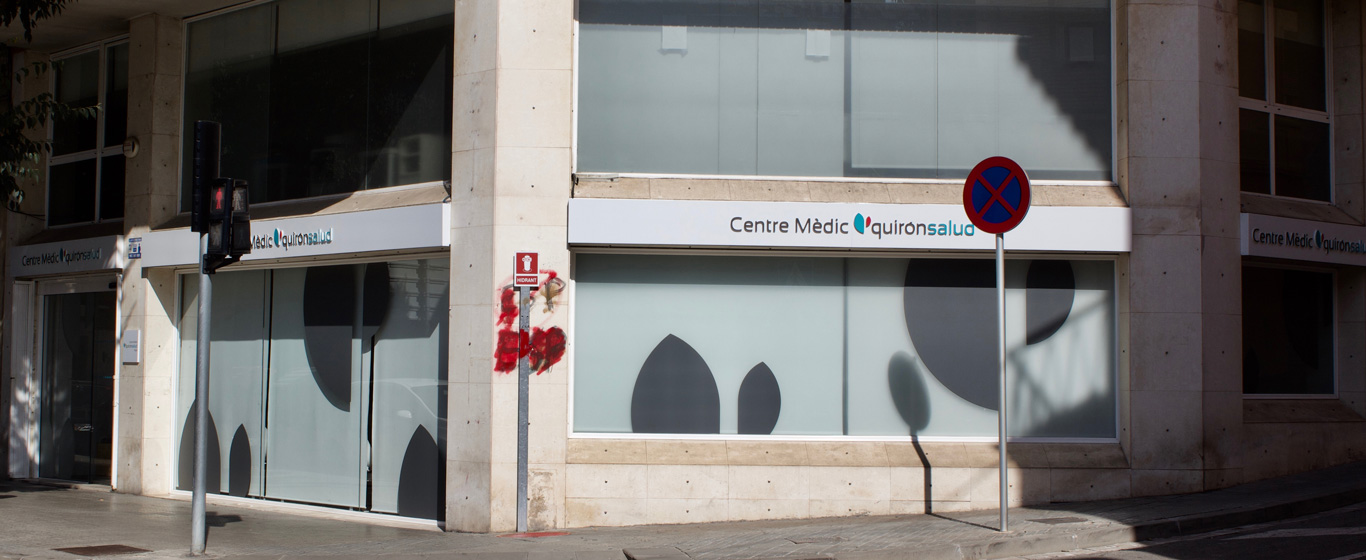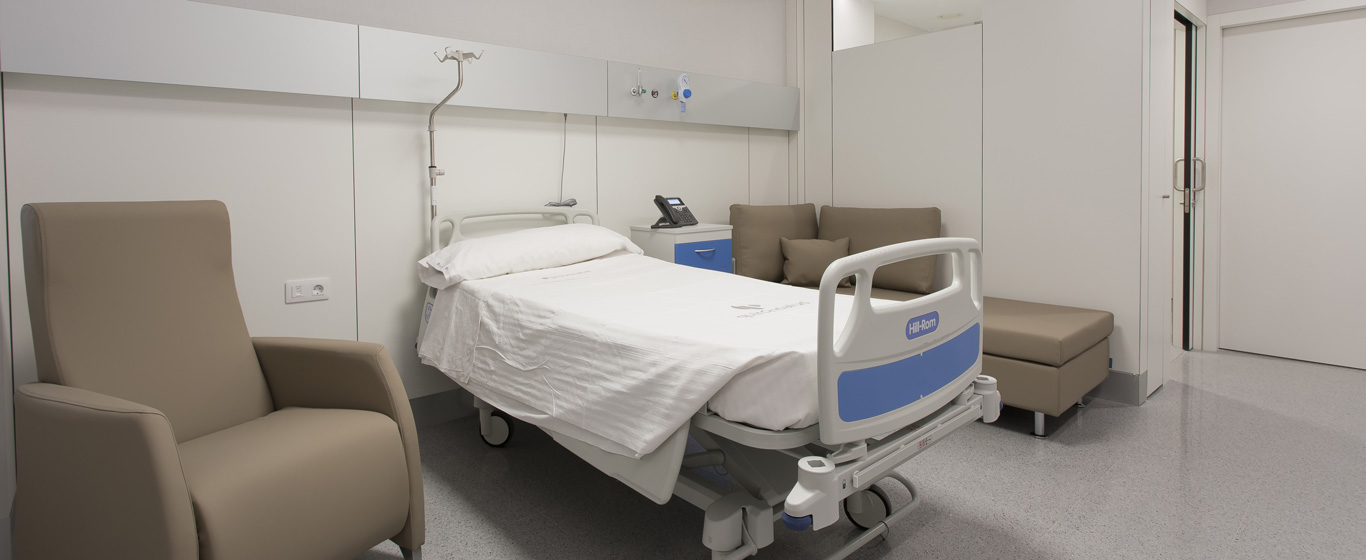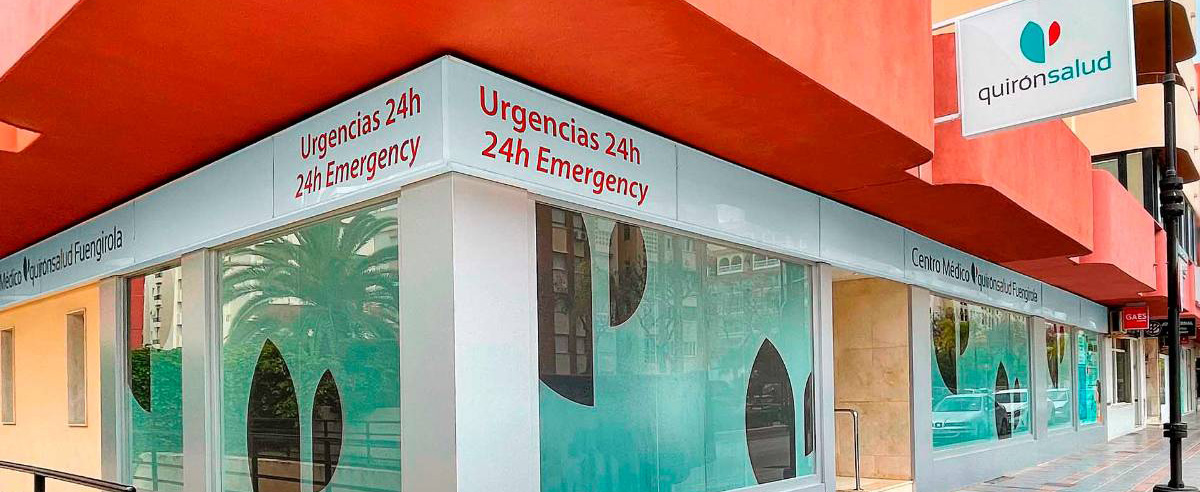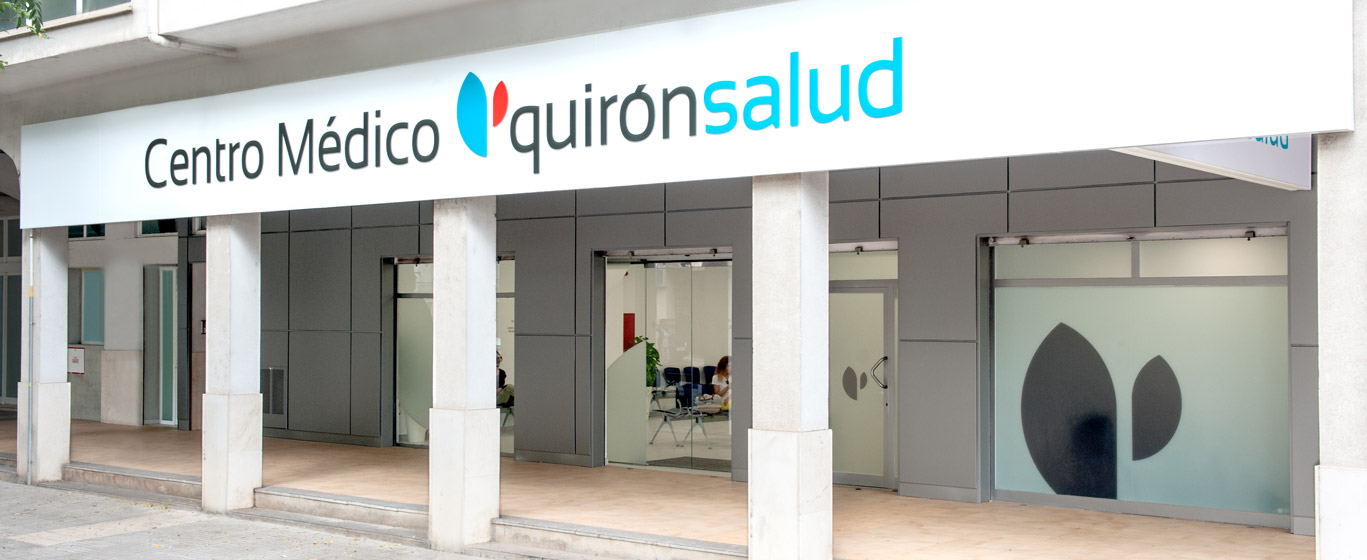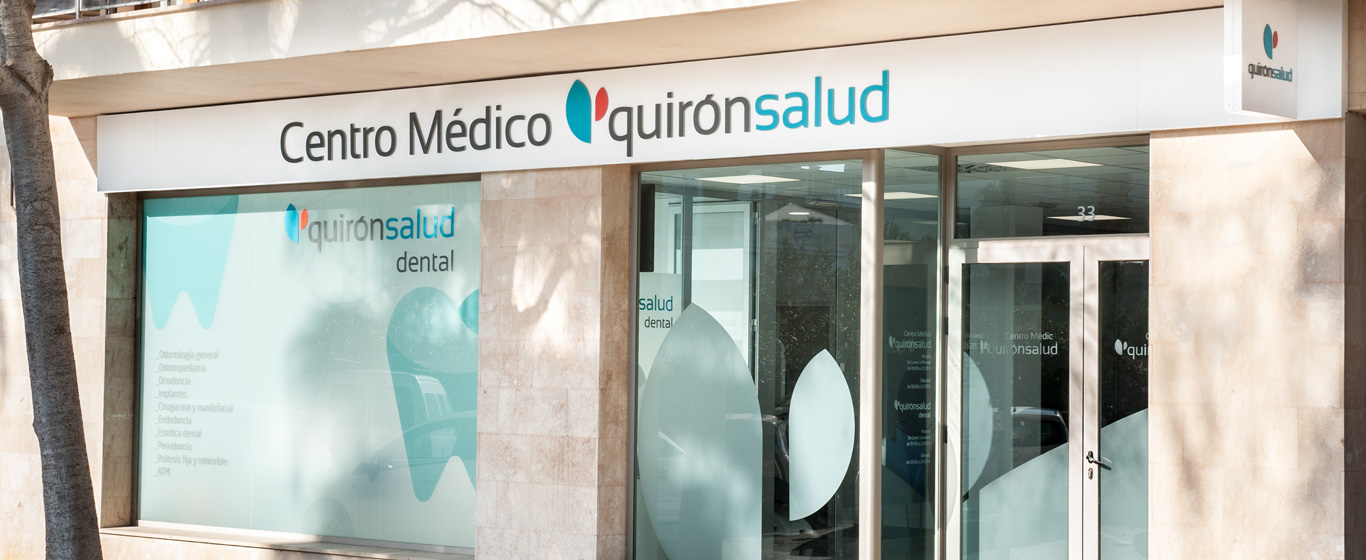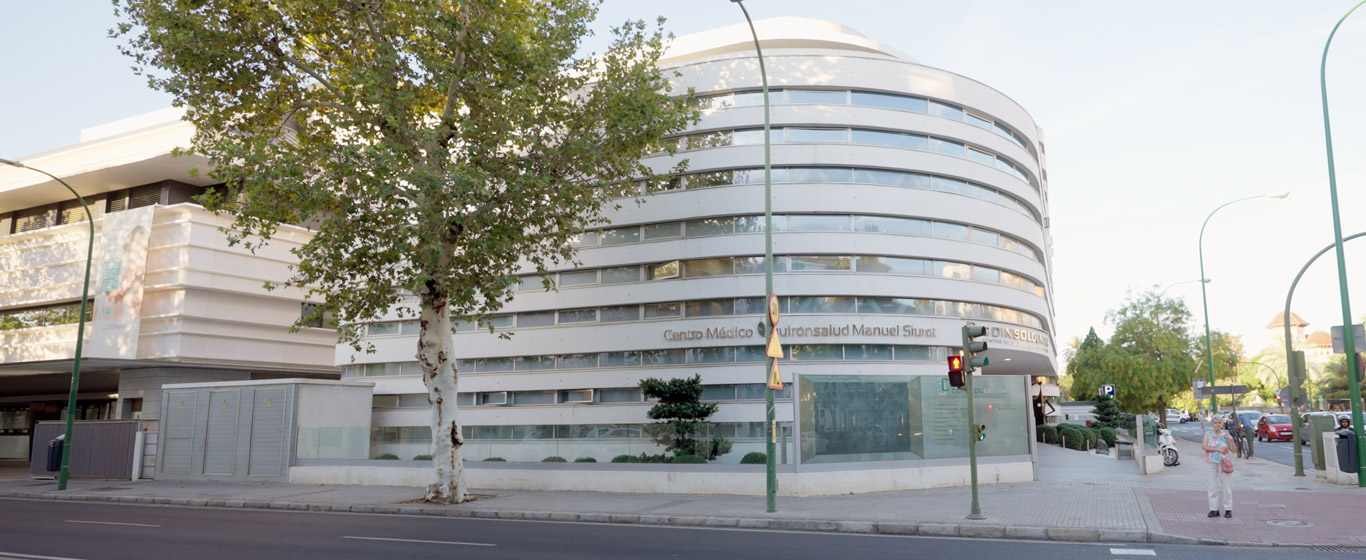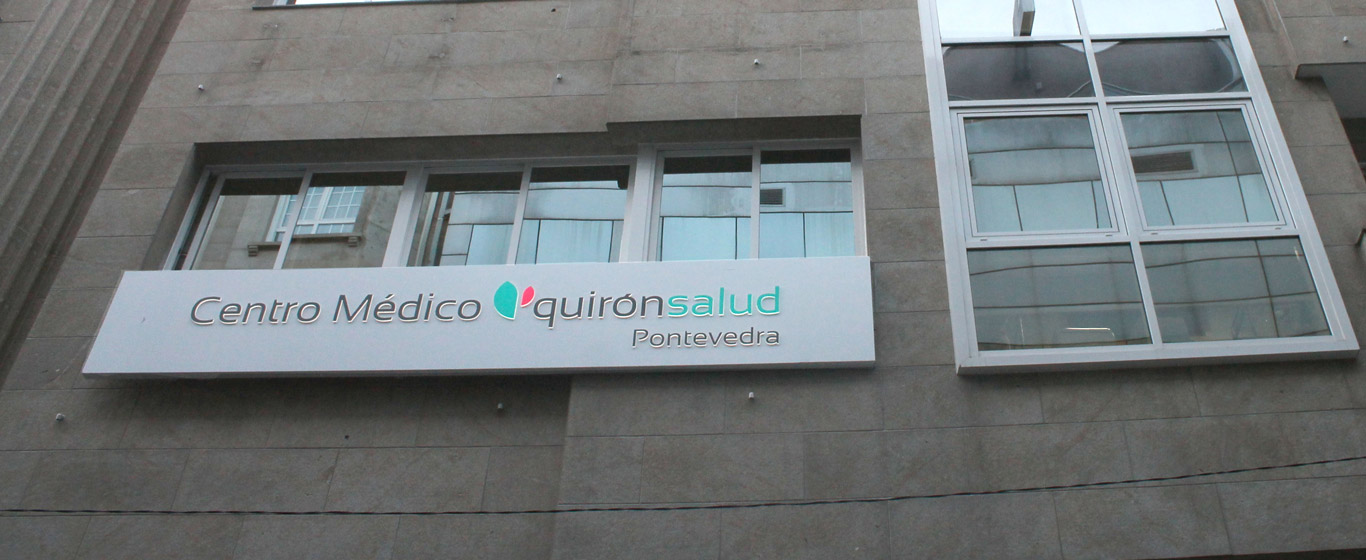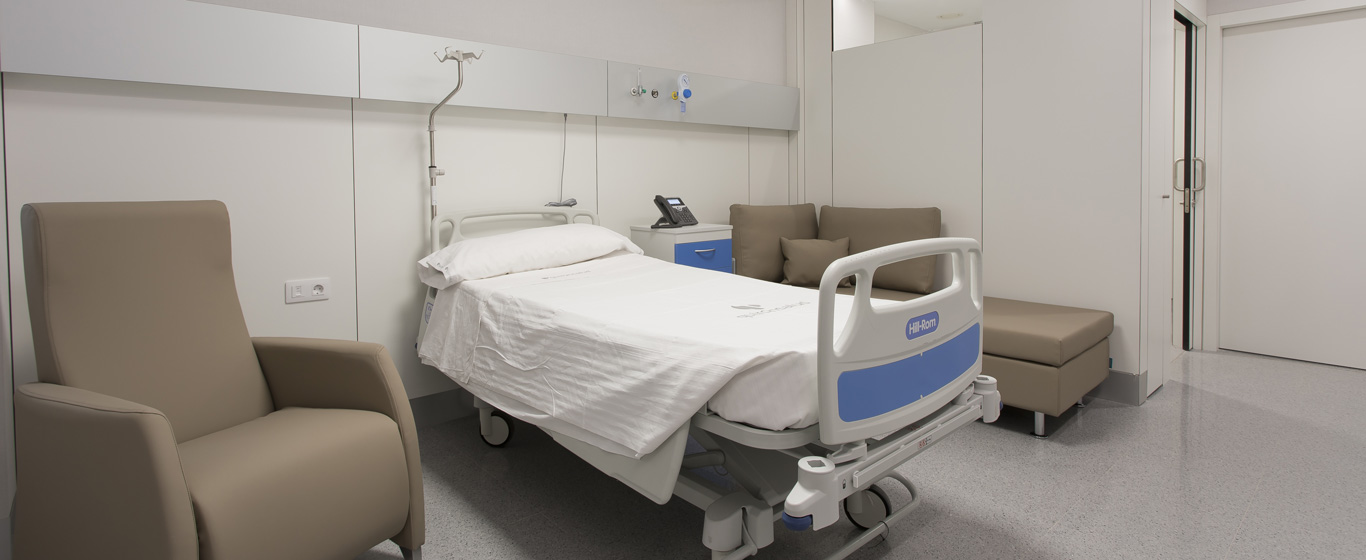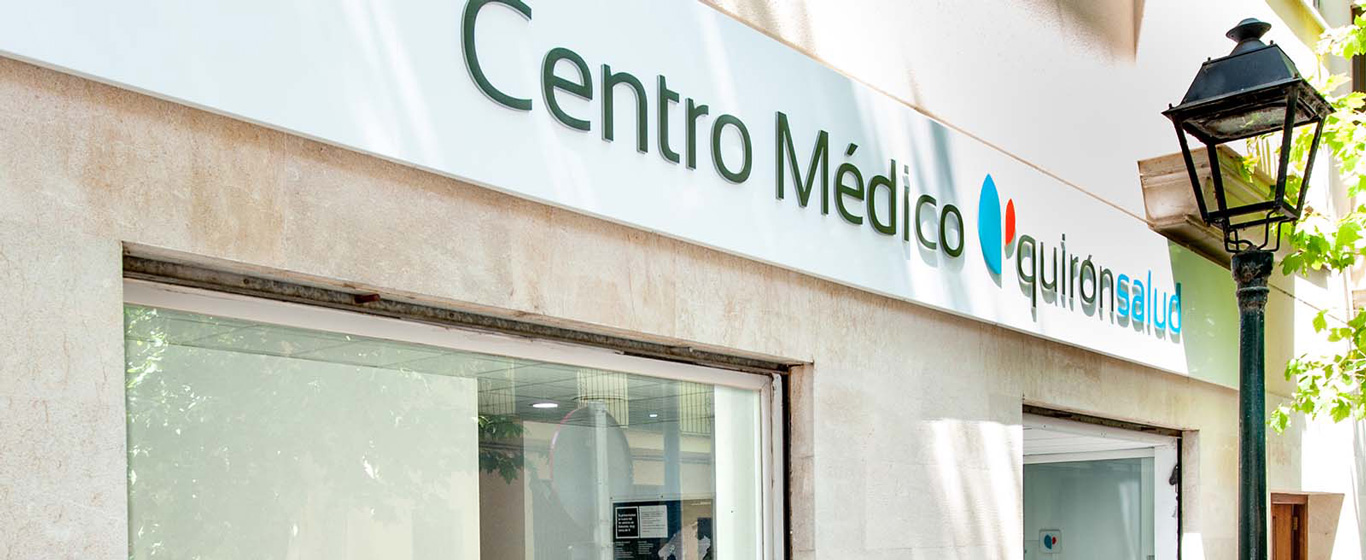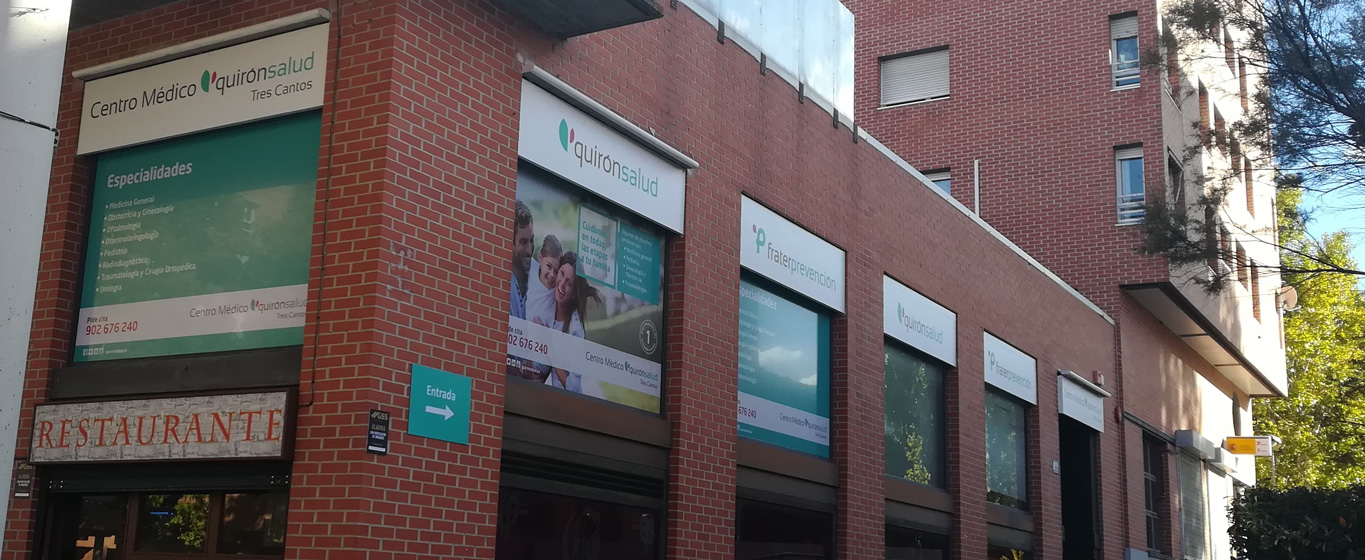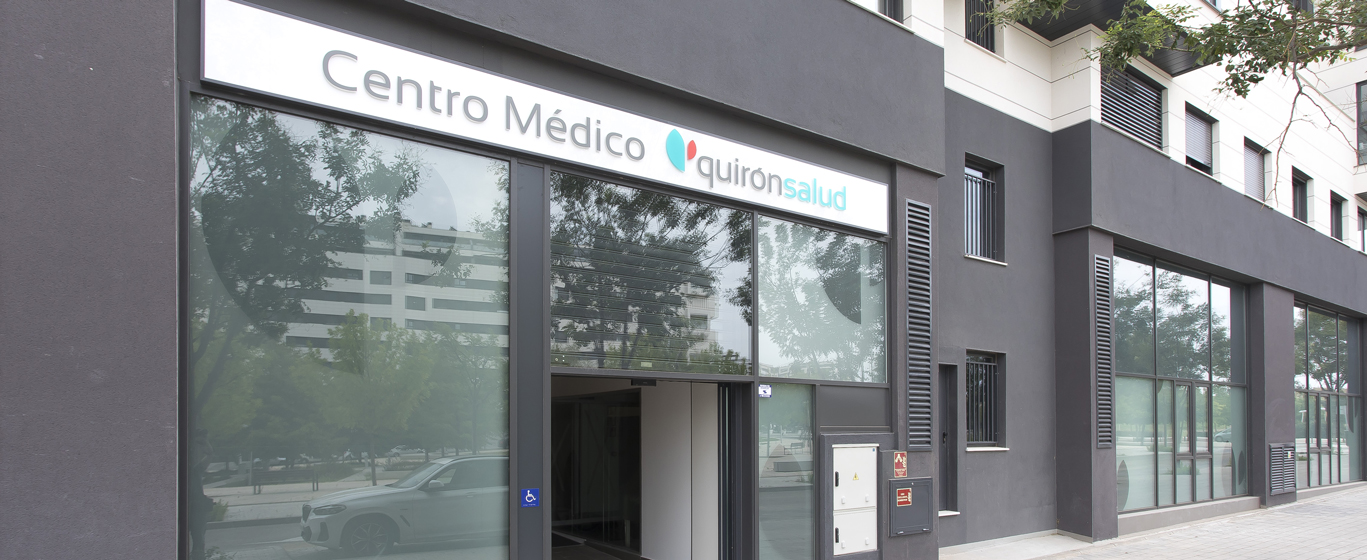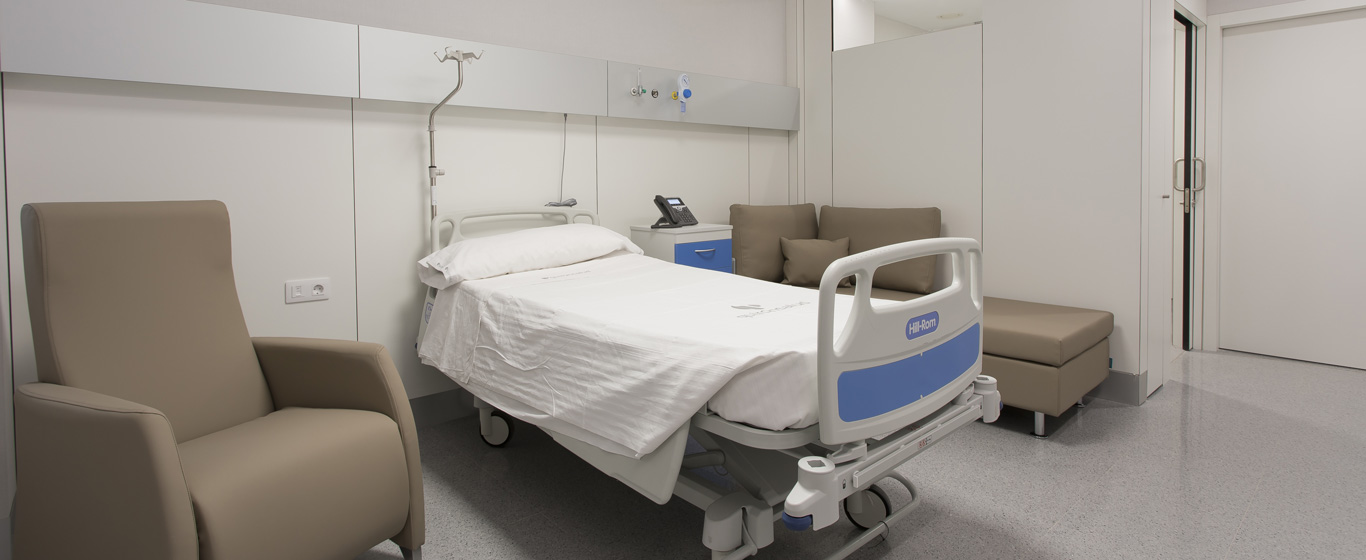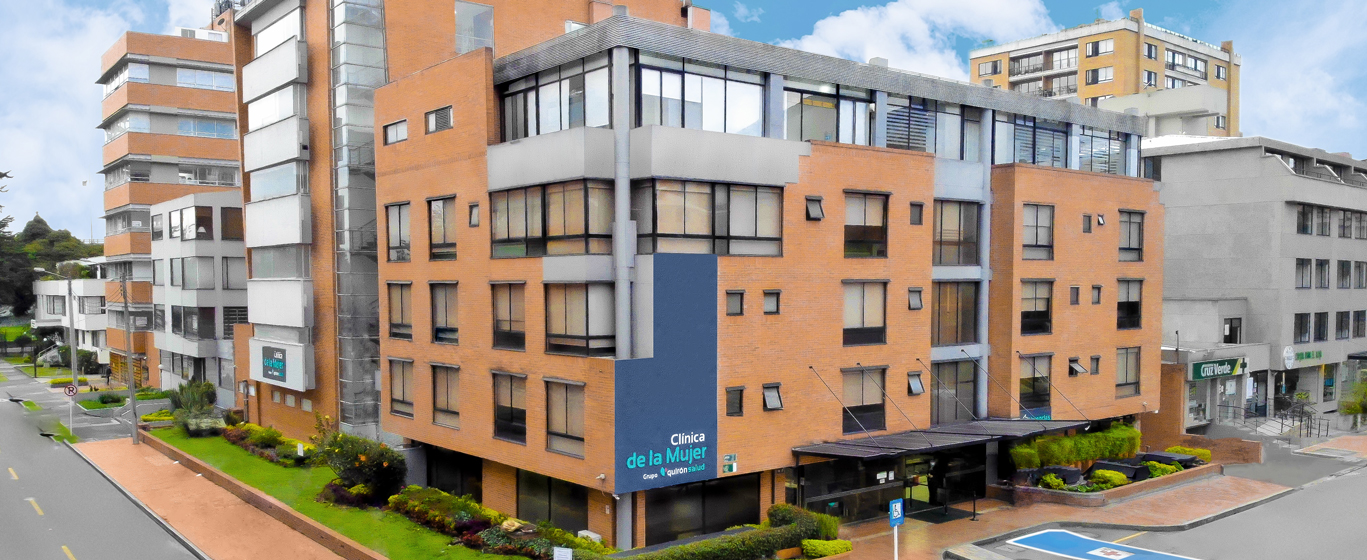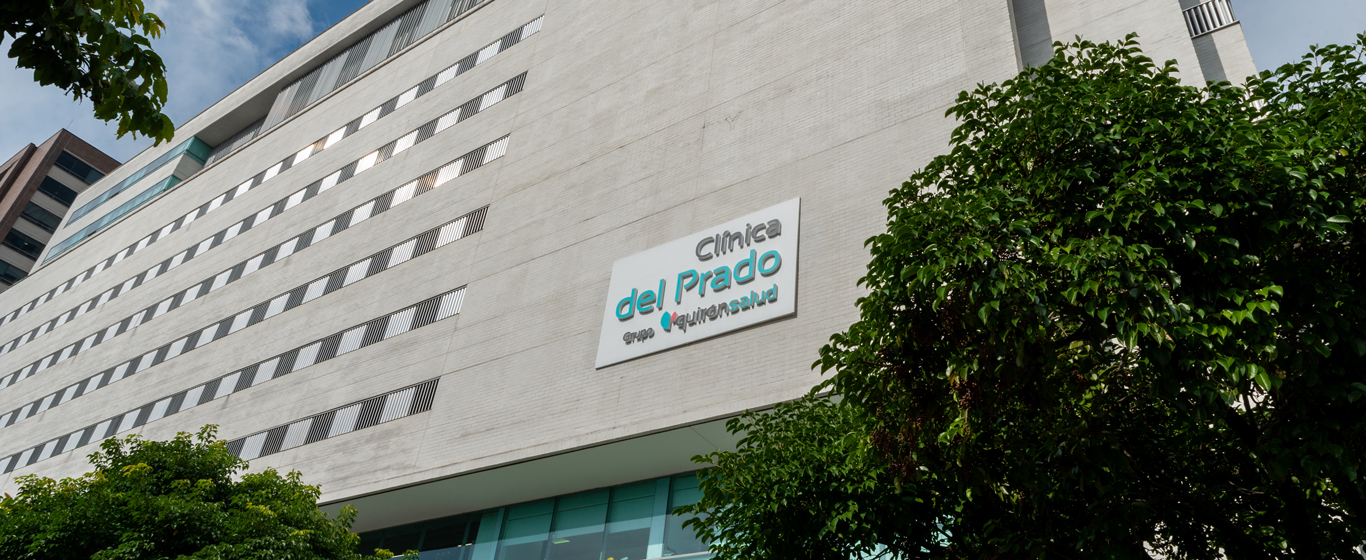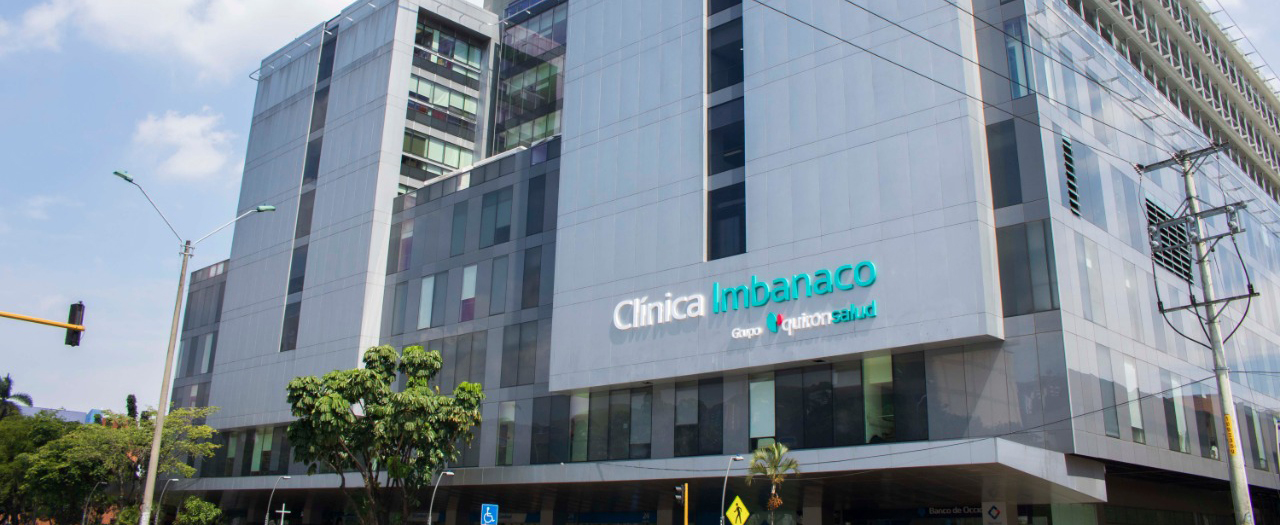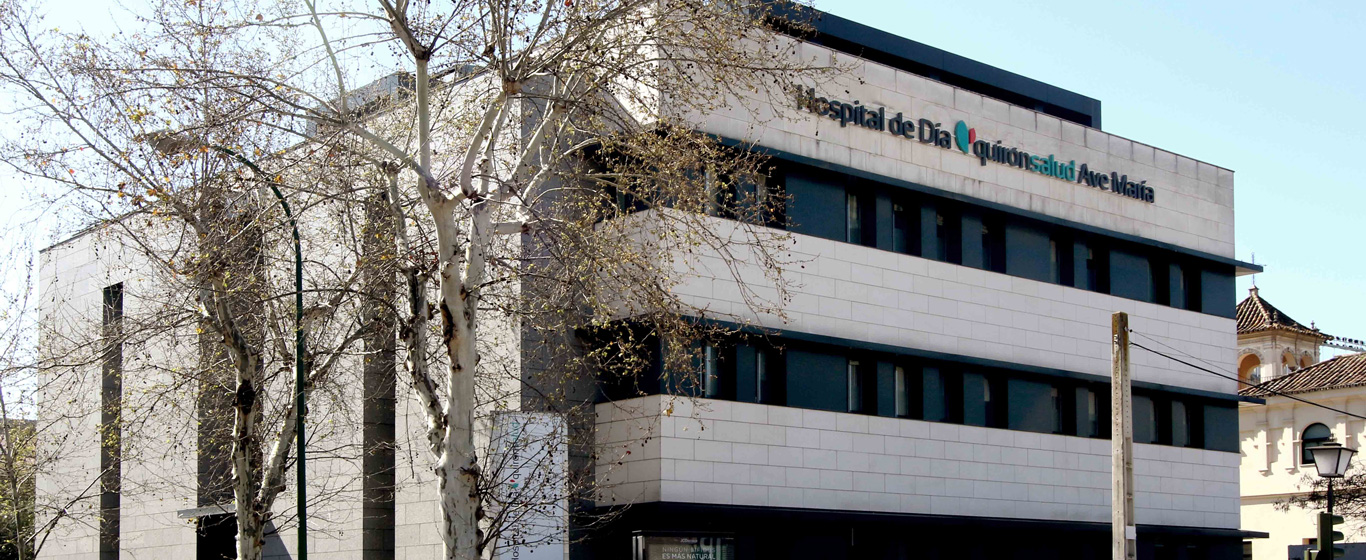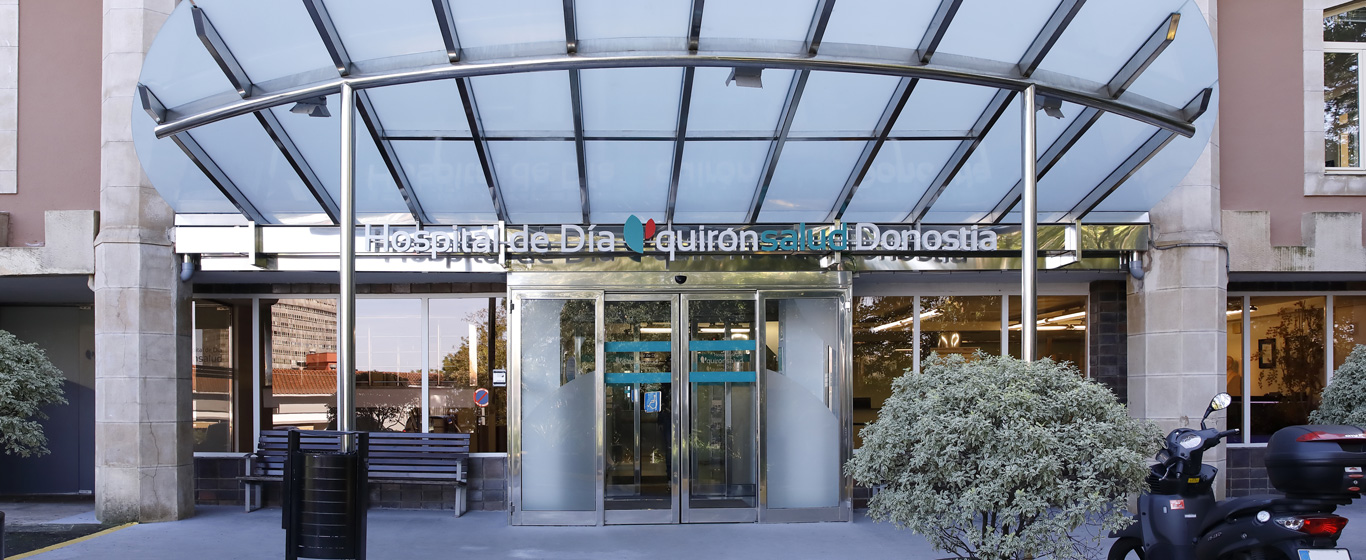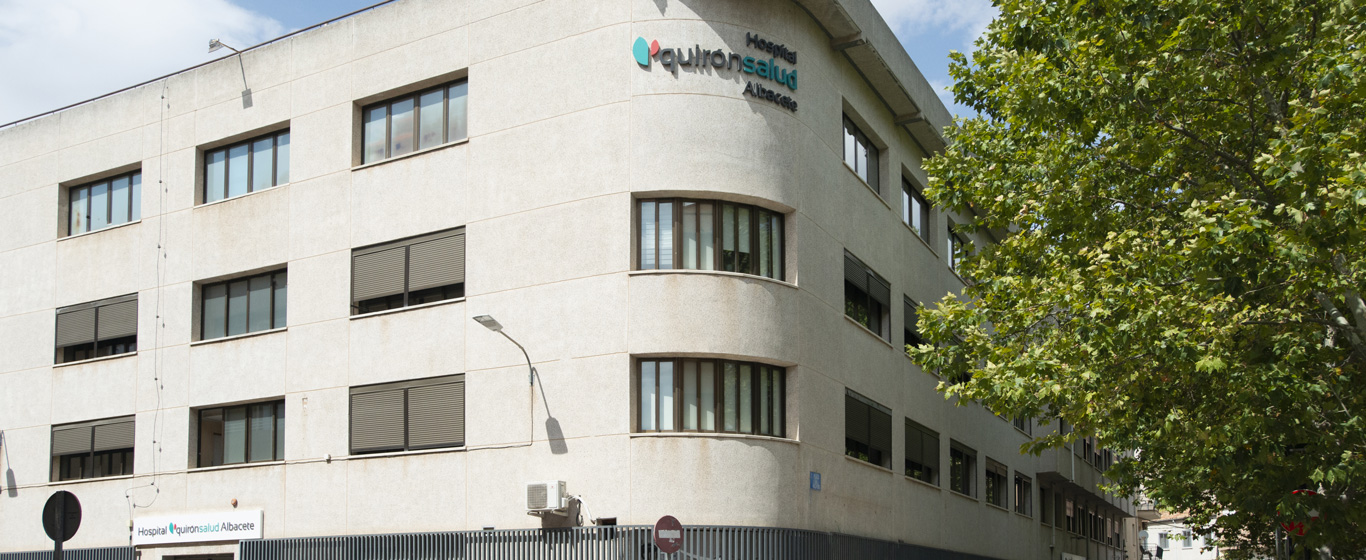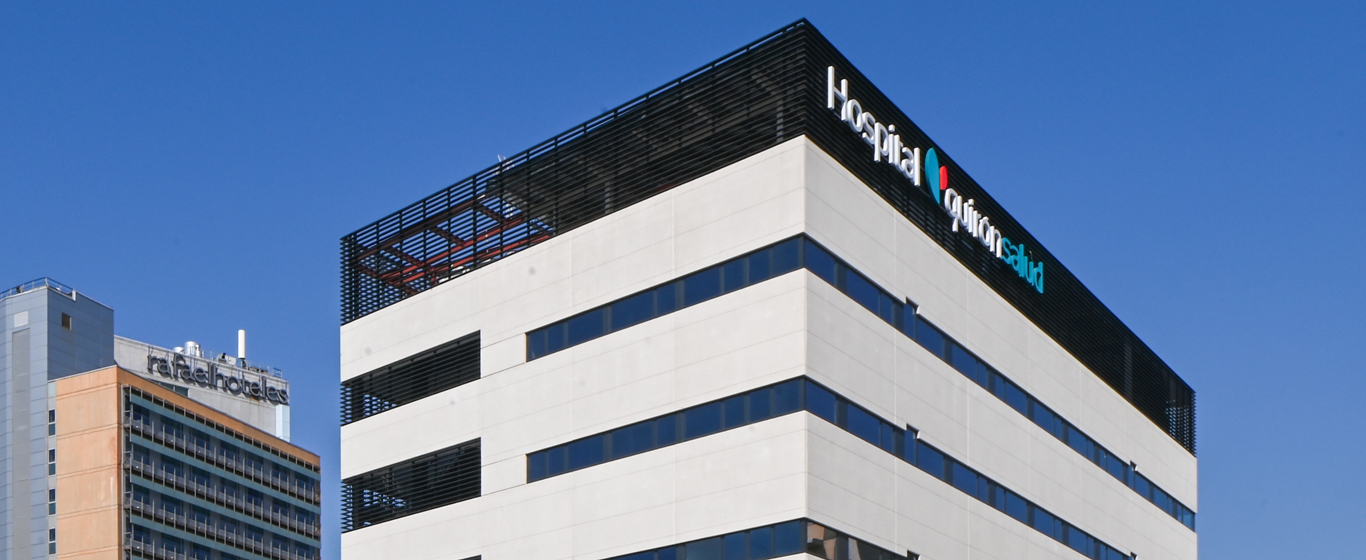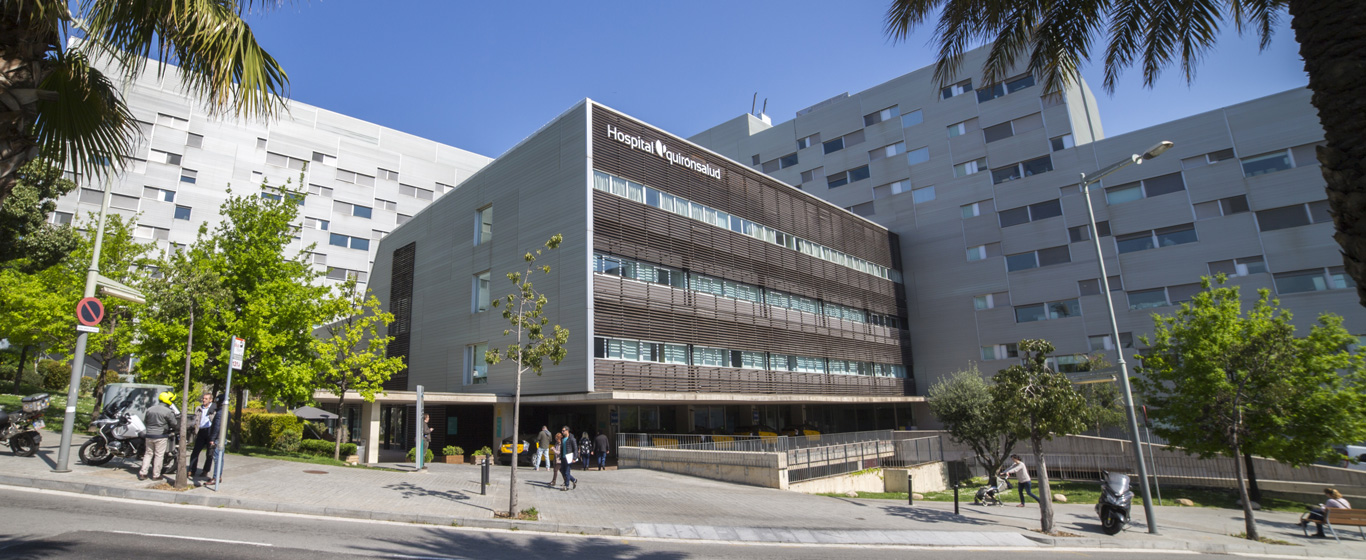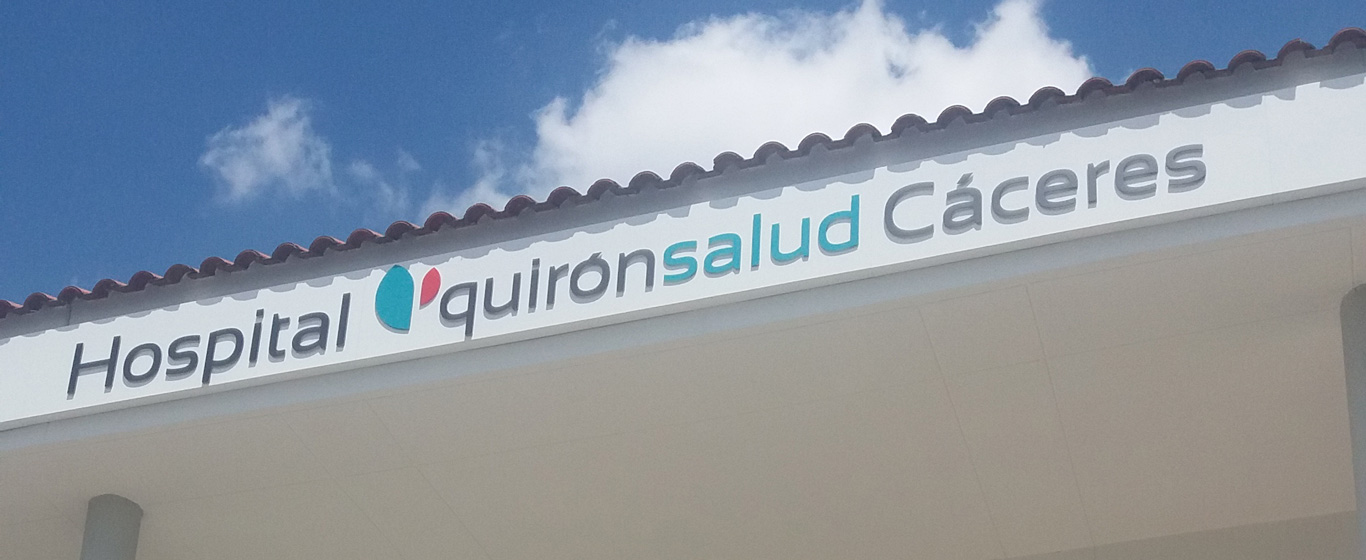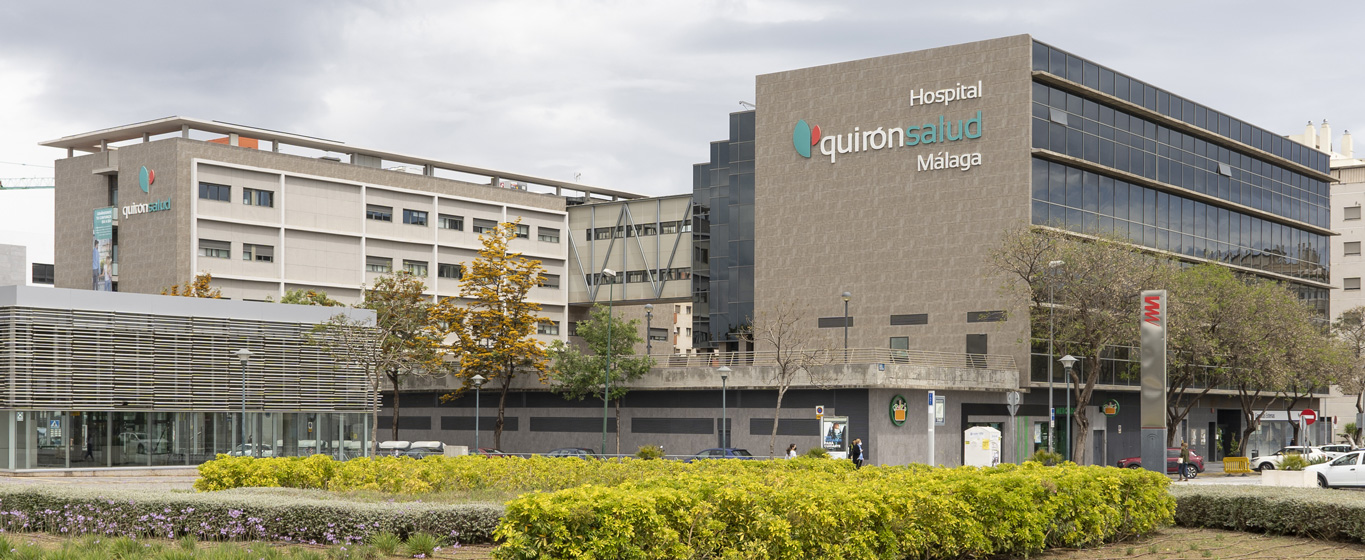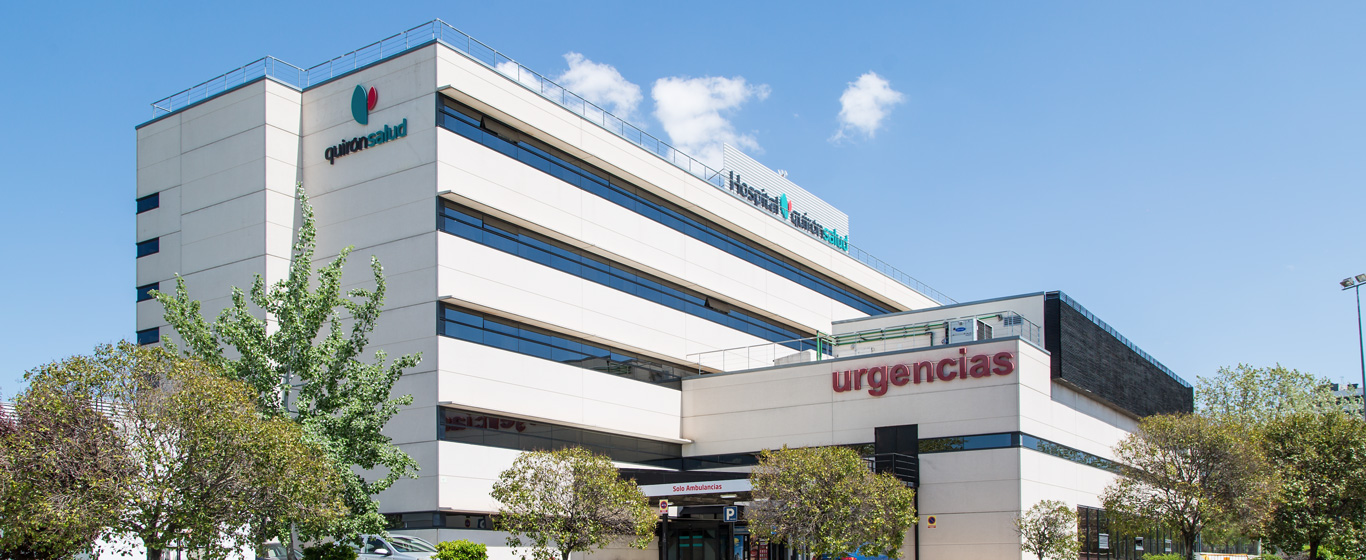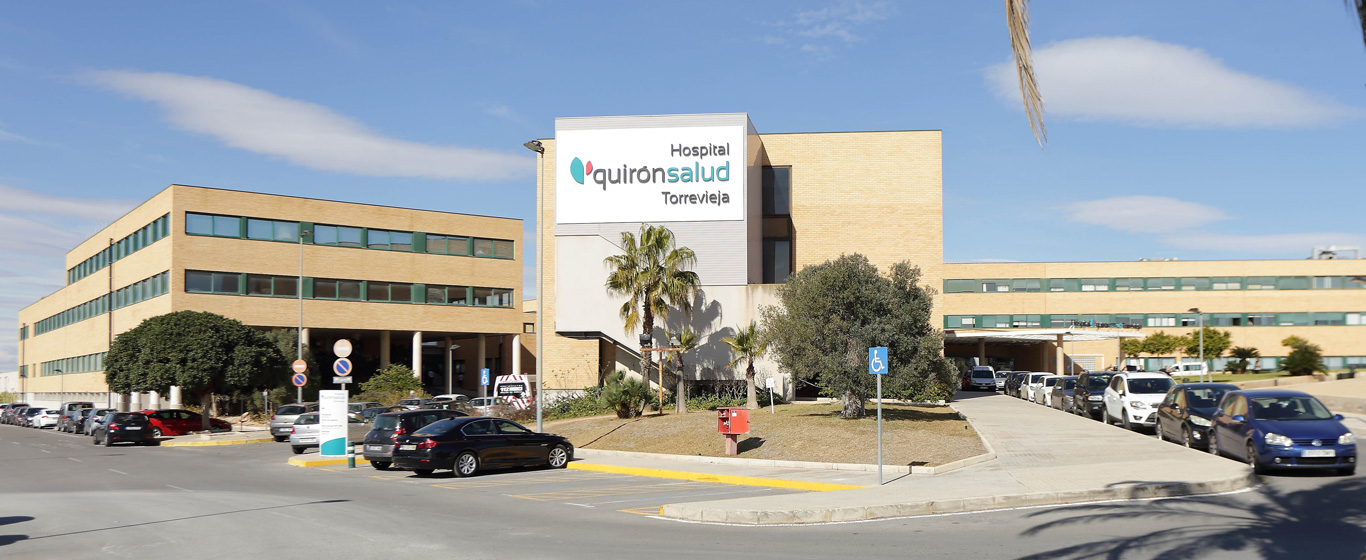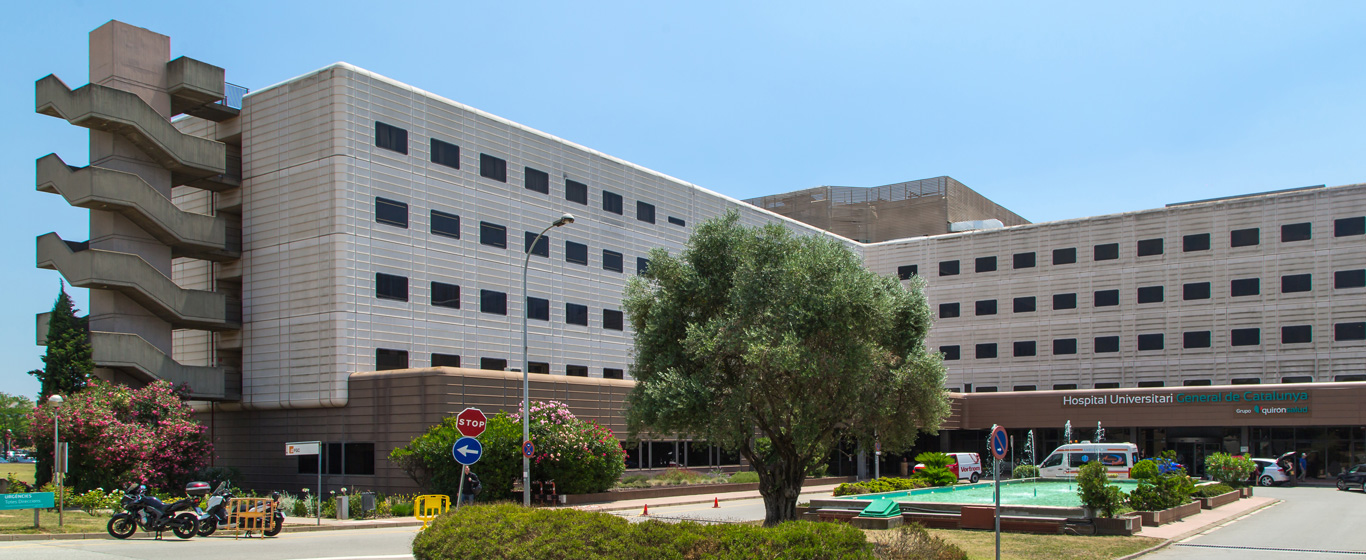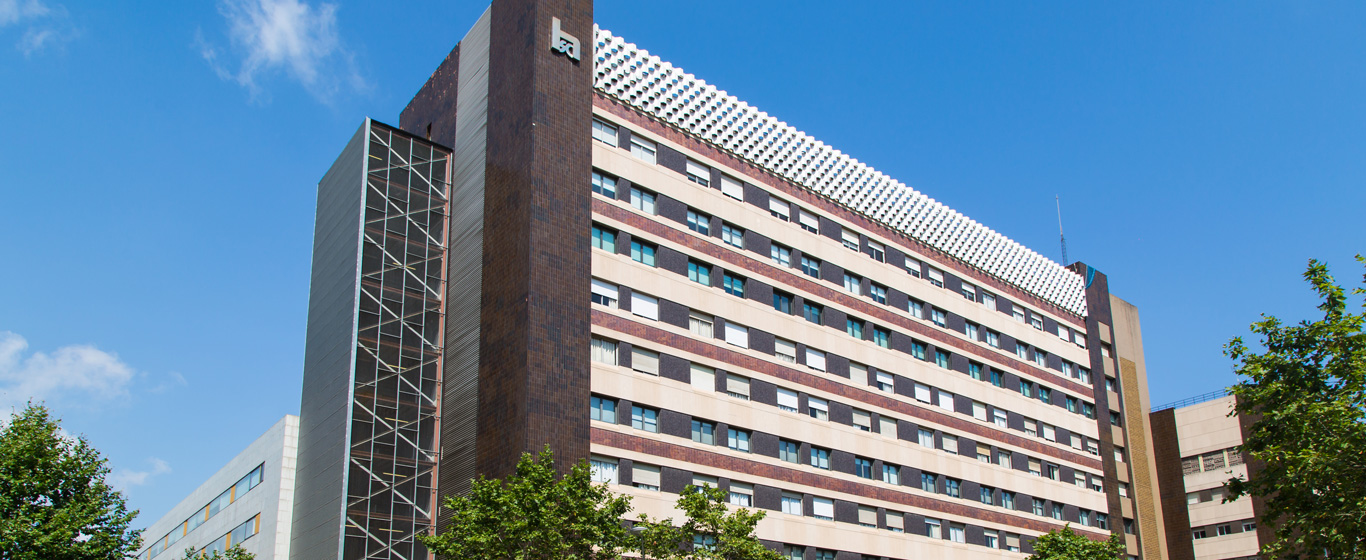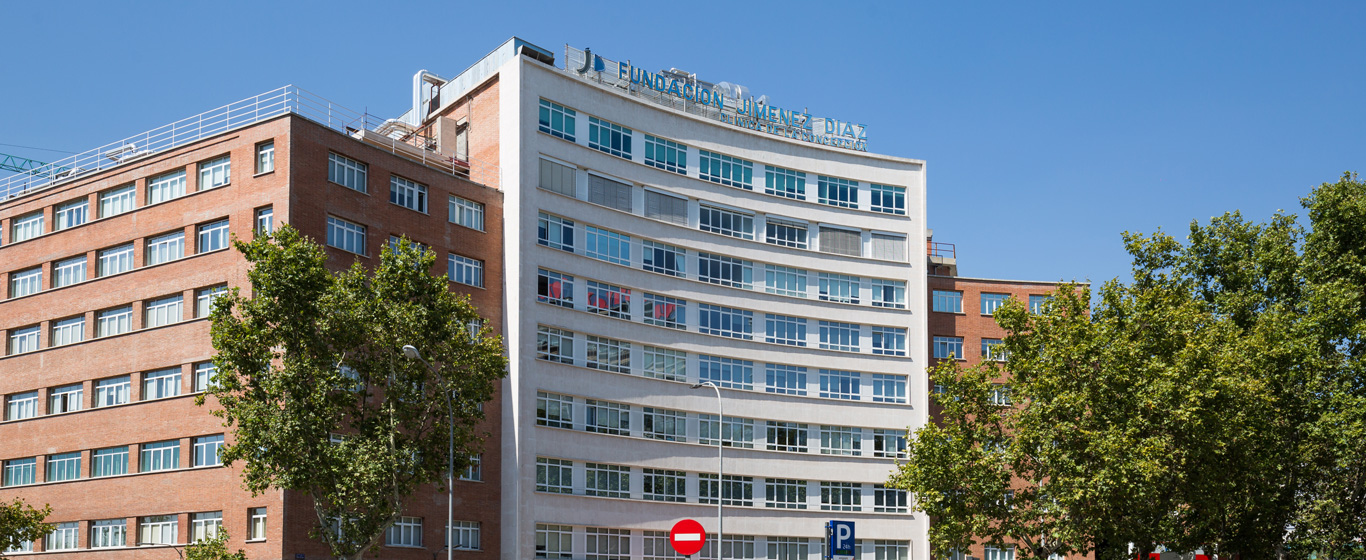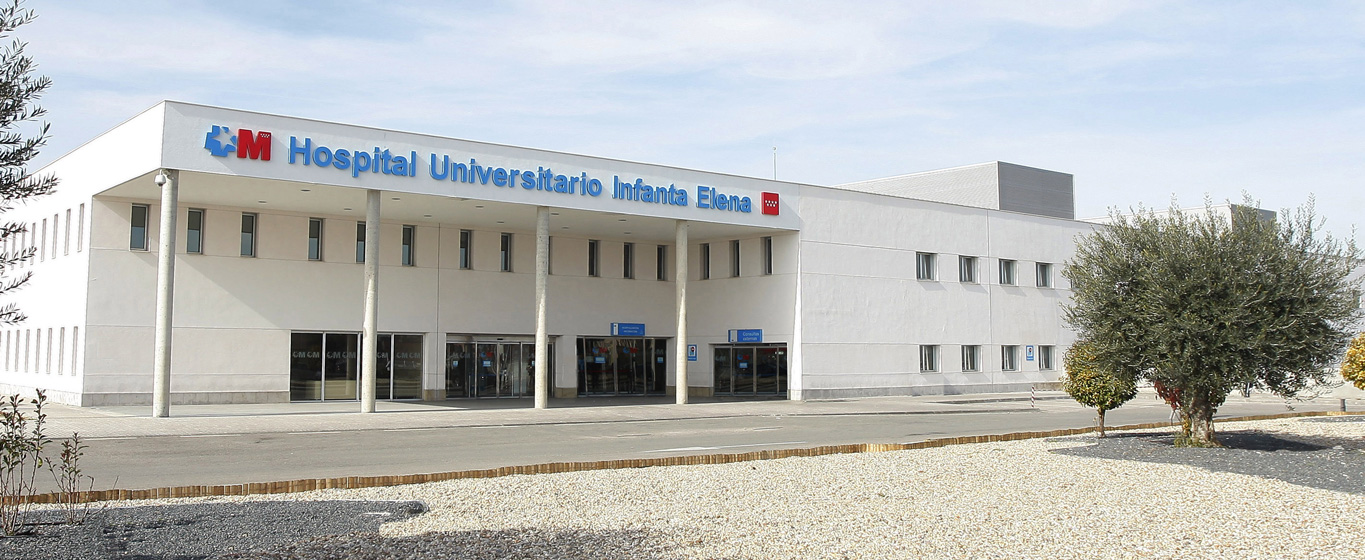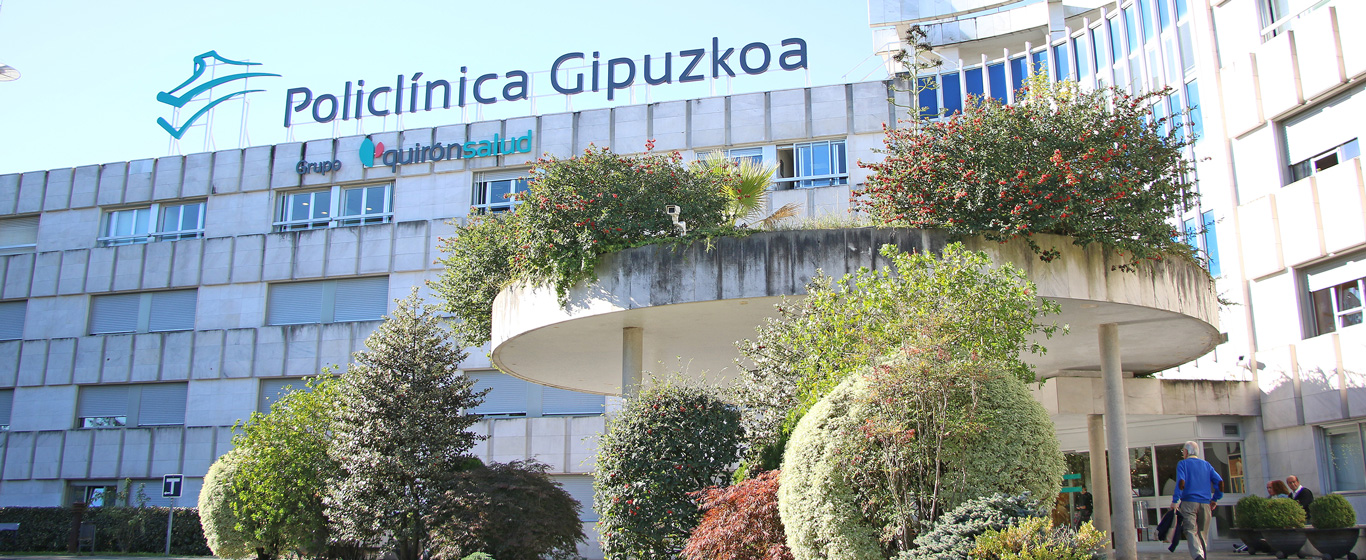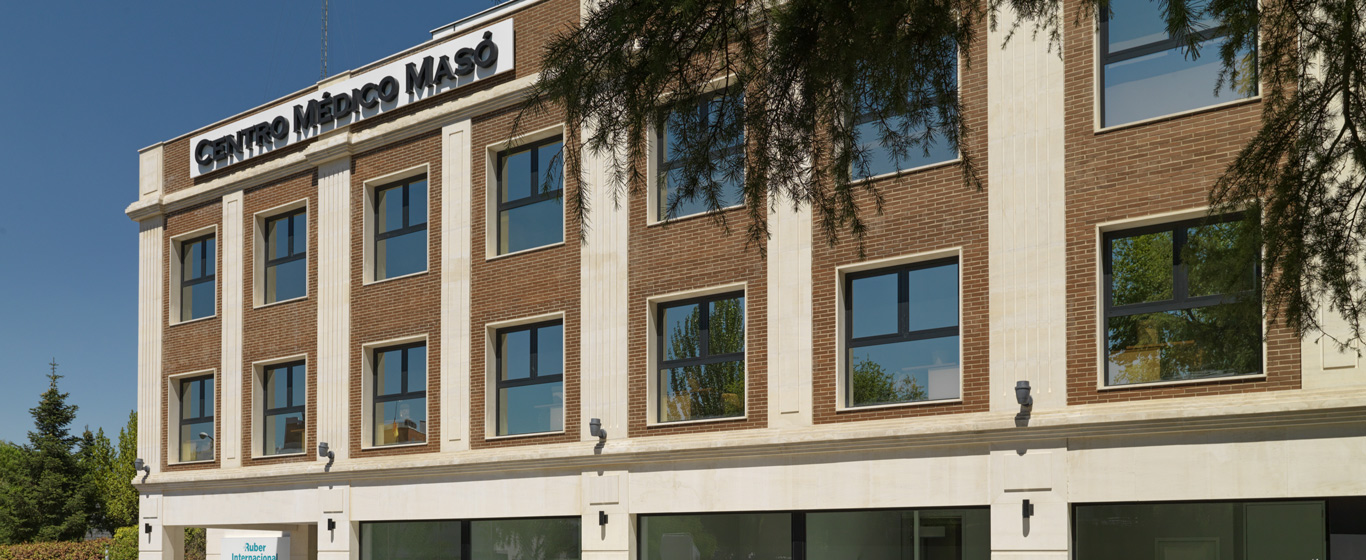Umbilical Hernia
Information about the causes, prevention, prognosis, and treatment of abdominal content protrusion near the navel.
Symptoms and Causes
An umbilical hernia occurs when part of the abdominal contents, usually fat or a portion of the intestine, protrudes through the muscles near the navel. This type of protrusion is very common in infants and children, although it can occur at any age.
Hernias that appear around the navel are among the most frequent types, but they usually do not pose a health risk. In young children, an umbilical hernia often resolves on its own as the muscles strengthen, typically around age three or four. However, in adults, surgery is more commonly required to correct it.
Symptoms
The most characteristic symptoms of an umbilical hernia include:
- A bulge near the navel, which in infants may only appear when straining.
- Swelling.
- Pain, which usually occurs only in adults.
Causes
The main cause of an umbilical hernia is weakness in the abdominal wall muscles, which can result from different circumstances:
- Infants and children: the opening through which the umbilical cord passes during gestation does not close properly.
- Adults: excessive pressure on the abdominal wall.
Risk Factors
The risk of developing an umbilical hernia increases in the following cases:
- Infants and children:
- Prematurity.
- Low birth weight.
- Adults
- Excess weight.
- Obesity.
- Pregnancy, especially multiple pregnancies.
- Intense physical exercise.
- Heavy lifting.
- Chronic constipation.
- Ascites: accumulation of fluid within the abdomen.
- Peritoneal dialysis.
- Prior abdominal surgery.
Complications
Although uncommon, an umbilical hernia may cause more serious health problems that require immediate medical evaluation, such as:
- Incarceration: the tissue becomes partially trapped and cannot return to the abdominal cavity. This may cause pain, nausea, and can progress to strangulation.
- Strangulation: when blood flow to the protruded tissue is cut off because it becomes completely trapped, leading to necrosis and infection. Symptoms include severe pain, nausea, vomiting, and fever. If the infection spreads into the abdominal cavity, it can become life-threatening.
- Intestinal obstruction.
Prevention
Umbilical hernias cannot always be prevented, but certain habits can significantly reduce the risk:
- Maintain a healthy weight.
- Avoid heavy straining whenever possible.
- Strengthen abdominal muscles.
- Drink plenty of water and eat fiber-rich foods to prevent constipation.
Which Doctor Treats an Umbilical Hernia?
An umbilical hernia is usually diagnosed in a family and community medicine or pediatrics consultation and is treated by specialists in general and digestive system surgery.
Diagnosis
A physical examination is usually sufficient to diagnose an umbilical hernia, during which the doctor palpates the bulge and assesses for pain.
In special cases where it is necessary to determine the hernia’s contents or rule out complications, an abdominal ultrasound is performed. If hernia strangulation is suspected, it can be confirmed with a computed tomography (CT) scan, which provides more detailed images of the abdomen and protruded tissue.
Treatment
Umbilical hernias in newborns generally do not require treatment, as they usually close on their own before the age of two or three. In asymptomatic adults with small hernias and no risk of incarceration, supportive belts may be used to help keep it in place.
If the bulge persists, is large, causes pain, or appears in adults, surgical intervention is required to repair it. Specialists use two different techniques depending on the patient’s needs:
- Herniorrhaphy: typically chosen for hernias measuring between one and a half to two centimeters. During surgery, the abdominal contents are repositioned, and the muscle defect is closed with sutures.
- Hernioplasty: most appropriate for larger hernias, greater than two centimeters. In addition to repositioning the tissues, the opening is reinforced with a synthetic mesh that strengthens the weakened area to prevent recurrence.






